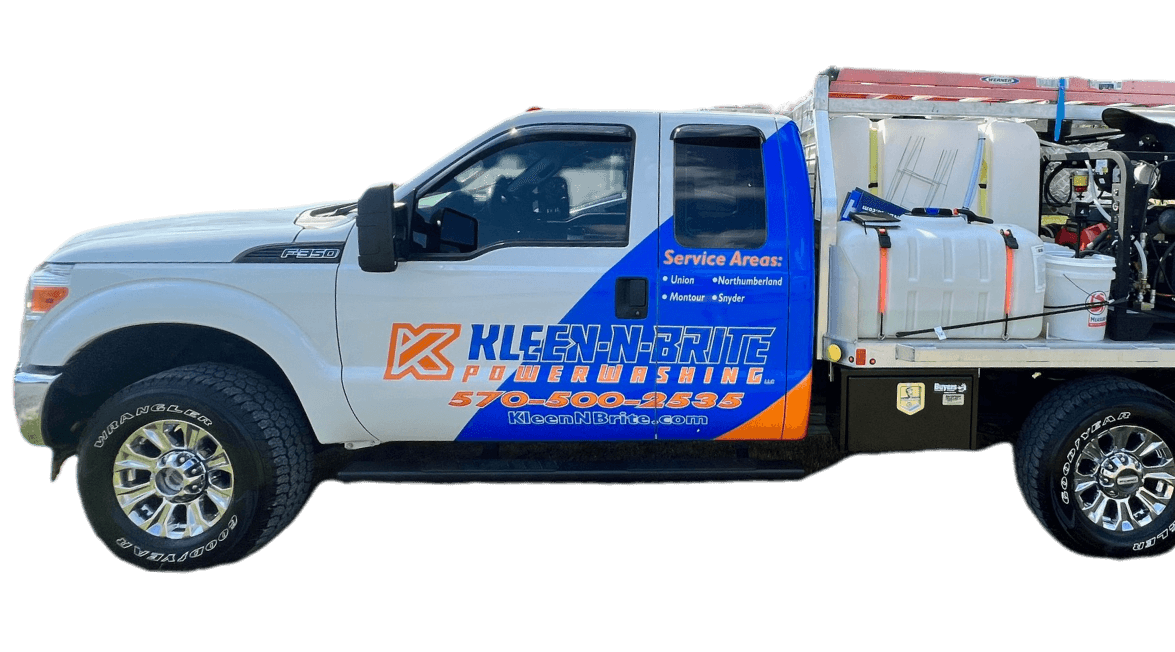House Washing Tips
Keeping high-traffic areas clean on a daily basis can help prevent the spread of dirt and dust throughout the house. Adding an area rug to the door can encourage everyone to remove their shoes before entering the home.
Most stains on exterior surfaces can be easily cleaned with a soft wash. A soft wash uses low pressure and detergents or algaecides to break down the stain. Read on for some ideas.
Ladders
While most ladder accidents are not fatal, many could be prevented with little knowledge and care. Ladders come in all shapes and sizes, from simple stepladders that give you that extra couple of feet to reach the fridge or high cabinets, to long extension ladders that can reach your roof, and everything in between.
A combination ladder is the most versatile option for household tasks such as cleaning gutters, washing windows, or painting. These are usually made of aluminum and have a number of adjustments that allow you to adjust the ladder height. A good quality combination ladder also comes with a built-in heavy-duty ladder leveler, which helps stabilize the ladder and increases stability when working at heights.
When using a ladder, it’s important to remember that you should always maintain three points of contact: two feet on the steps and one hand on the handrail. This helps prevent you from overstretching, which can cause you to fall off the ladder.
Covering Plants
One of the biggest issues with house washing is how it can affect plants. SH pulls water and nutrients from the plant, and can even cause corrosive burns on leaves. This can kill or damage the plant. To prevent this, a good practice is to cover any greenery that may be in the path of the washing equipment with sheets, blankets, and even plastic if necessary.
When using tarps to protect plants, make sure that the tarp is breathable so air can flow around it. Otherwise, it can create a greenhouse effect and kill the plants, killing them. Also, make sure to only cover the plants in the area that is being washed and to remove them quickly once the wash is done.
Another option is to heavily mulch the roots of the plants. This helps to drive off some of the cold that can harm them. Be sure to stir the mulch up during the night to promote circulation and keep frost from forming.
Cleaning Equipment
House washing is a critical part of home maintenance. It removes the mildew and dirt that accumulates on a home’s exterior. This helps prevent costly damage to the home’s siding and windows. It also makes the home more attractive to potential buyers.
Cleaning equipment used in house washing includes a pressure washer and a soft wash solution. The washing solution is typically a biodegradable detergent or bleach, combined with a surfactant to help dissolve grime. It is important to read the safety information on the product and follow all directions carefully. Some cleaning solutions are toxic if they come into contact with your skin or eyes.
A pressure washer is a powerful tool that can remove stubborn dirt and stains on surfaces like brick, concrete, and wood. It can also clean driveways, sidewalks, and patios. The most common type of power washer is an electric-powered unit with a hose and nozzle that can reach high places without the need for ladders. The nozzle has different tips, including 0deg, 15deg, 25deg, and 40deg, to control the spray angle and the force of the water.
Safety
Ideally, a power wash should be done every one to two years in order to maintain curb appeal and prevent long-term damage to surfaces such as wood, brick, stucco, and stone. Depending on the climate, washing may need to be performed more frequently.
It’s also important to consider that the forceful spray of a pressure washer can dent vehicles and shatter plant pots, so it’s best to cover anything fragile with a sheet large enough to fit over it. This can include cars, bushes, and outdoor furniture.
The frequency of power washing will depend on the climate and environment of your area, as well as how often you use your home’s exterior. For example, people living near dirt roads or in windy areas may need to wash their homes more often. Likewise, people living close to trees with sap-producing leaves will need to wash their homes more frequently as the sap can cause damage. Check this helpful information.


